Introduction
Tantalum ribbon is a highly versatile material with unique properties. It is suited for vacuum applications, particularly in the lighting industry. Its ability to absorb gases such as hydrogen, oxygen, and nitrogen from the atmosphere makes it an invaluable component in maintaining the purity and efficiency of vacuum environments. Let’s have a detailed discussion.

Key Properties of Tantalum Ribbon
- Gas Absorption:
– Hydrogen, Oxygen, and Nitrogen Absorption: Tantalum ribbon can effectively absorb hydrogen, oxygen, and nitrogen from the atmosphere. This capability is crucial for maintaining a clean vacuum environment, preventing contamination, and ensuring optimal performance of lighting devices.
- High Melting Point:
– Temperature Resistance: With a melting point of approximately 3017°C (5463°F), tantalum can withstand extreme temperatures, making it suitable for high-temperature vacuum applications.
- Corrosion Resistance:
– Durability: Tantalum is highly resistant to corrosion by most acids and other chemicals, which enhances its longevity and reliability in harsh environments.
- Ductility:
– Formability: Tantalum ribbon is ductile, so it can be easily shaped and formed into various configurations to meet specific design requirements in lighting applications.
Applications in the Lighting Industry
- Vacuum Environments:
– Maintaining Vacuum Integrity: In lighting applications, such as in incandescent and halogen bulbs, maintaining a high-quality vacuum is essential. Tantalum ribbon helps remove residual gases, thereby preserving the vacuum integrity and preventing the degradation of the filament.
- Gettering:
– Gettering Process: Tantalum ribbon is often used as a getter material. Gettering involves using a material that absorbs and traps unwanted gases within the vacuum space of a lighting device. This process extends the life and enhances the performance of the lighting component.
- Filament Support:
– Support Structure: Tantalum ribbon can be used to support the filament in various lighting devices. Its high melting point and stability ensure that it can withstand the high temperatures generated by the filament without deforming or breaking down.
- Specialty Lighting:
– High-Intensity Discharge (HID) Lamps: Tantalum ribbon is used in HID lamps, which are commonly employed in automotive headlights, street lighting, and industrial lighting. These lamps require materials that can operate efficiently in high-temperature and high-pressure environments.
Benefits of Using Tantalum Ribbon in Lighting Applications
- Enhanced Performance:
– Improved Efficiency: By absorbing gases that could otherwise interfere with the operation of lighting devices, tantalum ribbon helps maintain a stable vacuum environment, leading to improved efficiency and performance.
- Extended Lifespan:
– Longer Device Life: The ability of tantalum ribbon to remove detrimental gases contributes to the longevity of lighting components, reducing the need for frequent replacements and maintenance.
- High Reliability:
– Consistent Quality: The use of tantalum ribbon ensures consistent quality and reliability in lighting applications, making it a preferred choice for manufacturers seeking high-performance materials.
Conclusion
Tantalum ribbon is an ideal material for vacuum applications in the lighting industry due to its exceptional gas absorption capabilities, high melting point, corrosion resistance, and ductility (See Table 1). Its role in maintaining vacuum integrity, supporting filaments, and enhancing the performance and lifespan of lighting devices makes it a valuable component in the production of high-quality lighting solutions. By choosing tantalum ribbon, manufacturers can achieve greater efficiency, reliability, and longevity in their lighting products. For more information, please check Advanced Refractory Metals (ARM).
Table 1. Ta Ribbon for Vacuum Applications in the Lighting Industry
| Category | Details | |
| Key Properties | Gas Absorption | Absorbs hydrogen, oxygen, and nitrogen, maintaining a clean vacuum environment. |
| High Melting Point | Withstands extreme temperatures (approx. 3017°C / 5463°F). | |
| Corrosion Resistance | Highly resistant to acids and chemicals. | |
| Ductility | Easily shaped and formed to meet design requirements. | |
| Applications in the Lighting Industry | Vacuum Environments | Removes residual gases, preserving vacuum integrity and preventing filament degradation. |
| Gettering | Acts as a getter material to trap unwanted gases, extending component life and performance. | |
| Filament Support | Supports filaments, withstands high temperatures. | |
| Specialty Lighting | Used in HID lamps for automotive, street, and industrial lighting, efficient in high-temperature and high-pressure environments. | |
| Benefits of Using Tantalum Ribbon | Enhanced Performance | Maintains a stable vacuum environment, improving efficiency and performance. |
| Extended Lifespan | Removes harmful gases, extending component life and reducing maintenance. | |
| High Reliability | Ensures consistent quality and reliability. | |

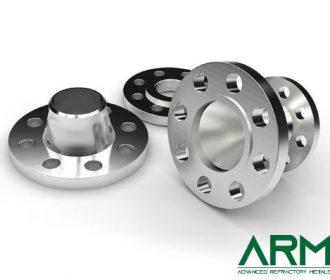
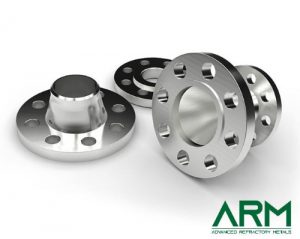
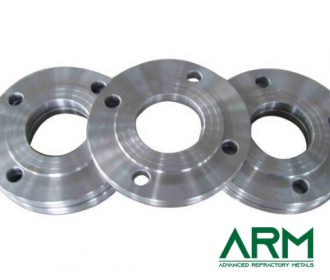
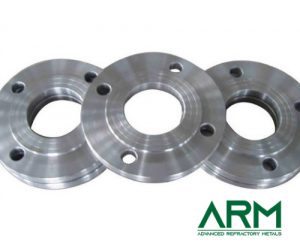
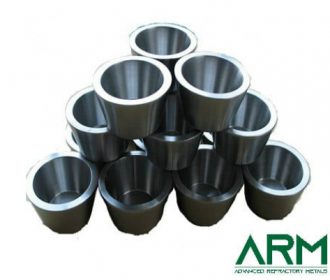
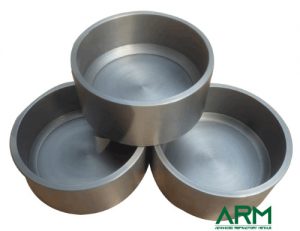
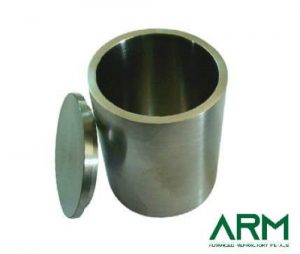
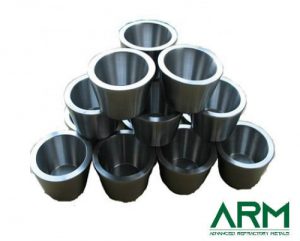

 [1]
[1]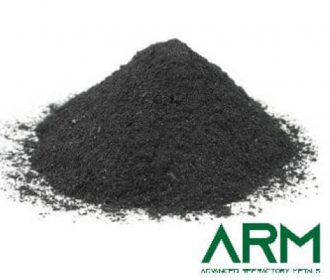
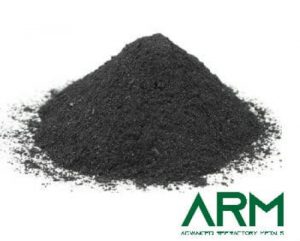
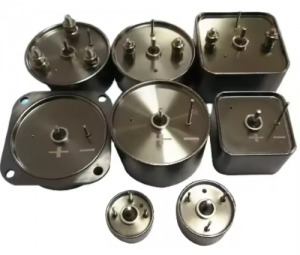
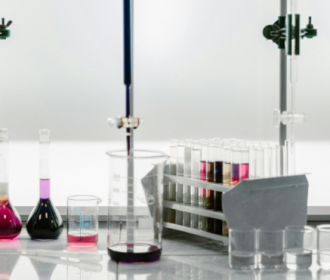
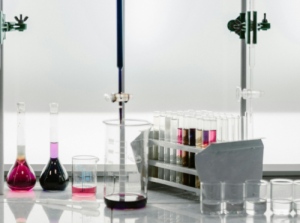

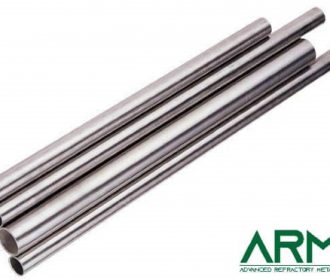
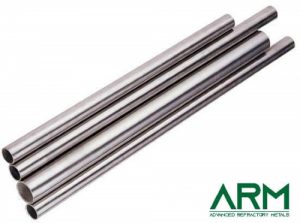


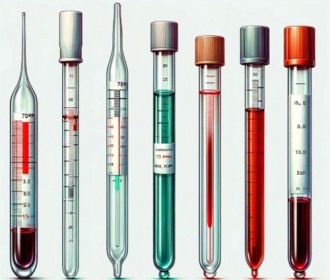
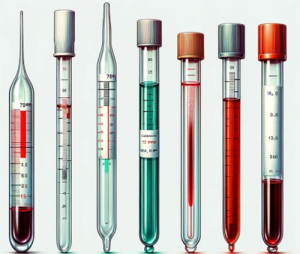

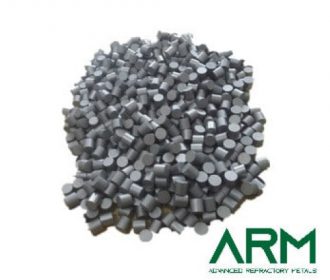

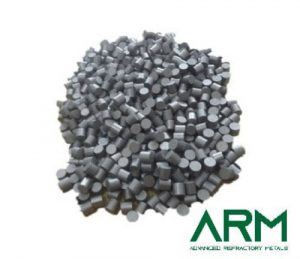
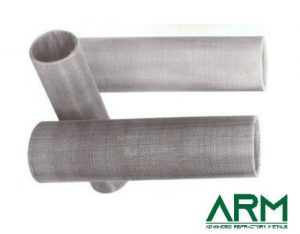
Recent Comments